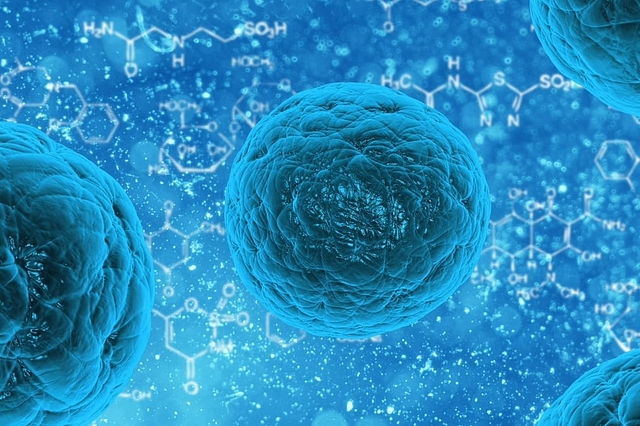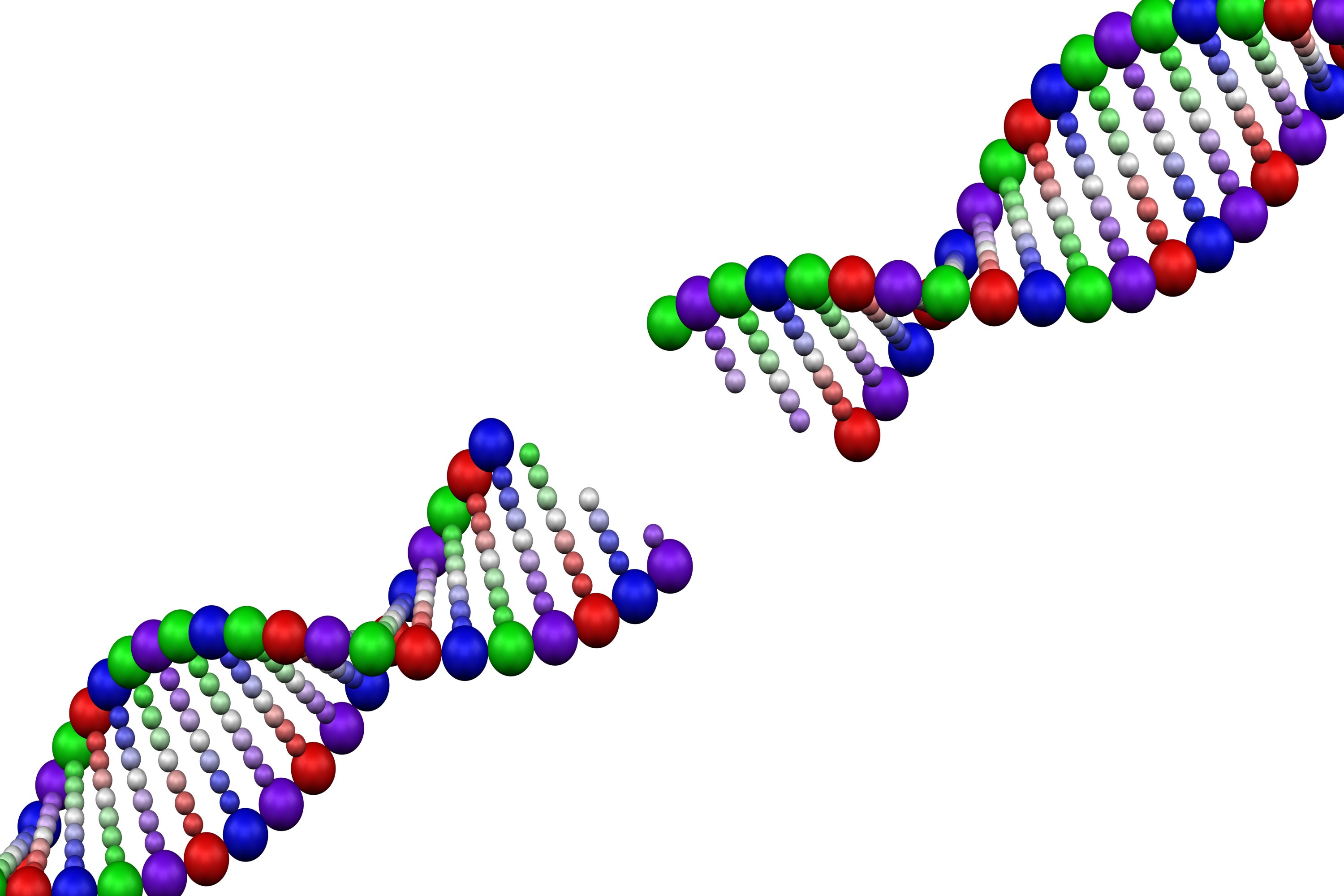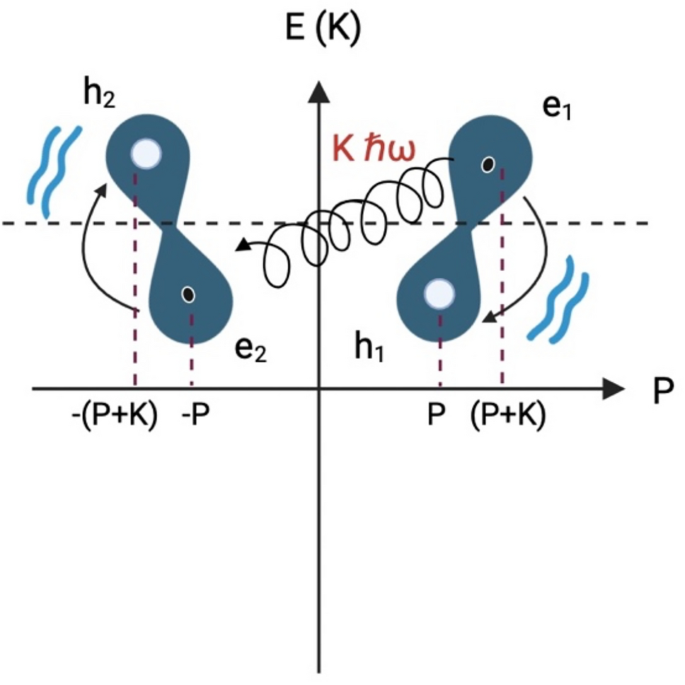This idea has been circulating for some time now.
Humans in their infinite arrogance have claimed repeatedly (in history) an exclusive on consciousness.
But science has proven repeatedly that this is not the case. (See for example, animal psychophysics, which is quantitative).
Now we know (as of last year) that DNA itself operates at the quantum level. There is both entanglement and tunneling in and along nucleotides.

Humans in their infinite arrogance have claimed repeatedly (in history) an exclusive on consciousness.
But science has proven repeatedly that this is not the case. (See for example, animal psychophysics, which is quantitative).
Now we know (as of last year) that DNA itself operates at the quantum level. There is both entanglement and tunneling in and along nucleotides.

Do Cells Have Sentience? New Framework For Understanding Life And Consciousness
This book argues for sentience at the level of cell or even in pre-cell form of matter.
swarajyamag.com




